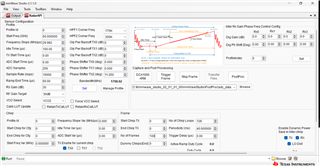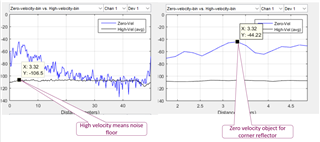Other Parts Discussed in Thread: , DCA1000EVM, MMWAVE-STUDIO
Tool/software:
Query 1: When designing the mmWave radar's PCB for our product, our initial approach is to replicate the evaluation board's design IWR6843AOPEVM on our PCB to minimize any deviations or influences caused by design changes. However, if space constraints arise—such as positioning the mmWave radar IC (IWR6843AOP) at the center of the product what impact could this positional change (e.g., moving the IC IWR6843AOP to the center or corner relative to the evaluation board design) have on the radar's sensing performance?
Query 2: Is there a method to simulate the IWR6843AOP module's sensing performance within the product's enclosure to evaluate potential impacts?
Query 3: what are the possible most compulsory test we need to perform at the production line for the mmWave radar IWR6843AOPEVM.
Query 4: ETSI EN 305-550-1 suggested on your website states that device “Must be able to turn off the radar if other radar devices are nearby”. Is this feature available in TI’s RADAR chip? (dev.ti.com/.../node
Query 5: Is 60GHz-64GHz frequency band allowed in India and UK for in-house commercial use applications?
Query 6: is there any way to simulate IWR6843AOP antenna performance?
























